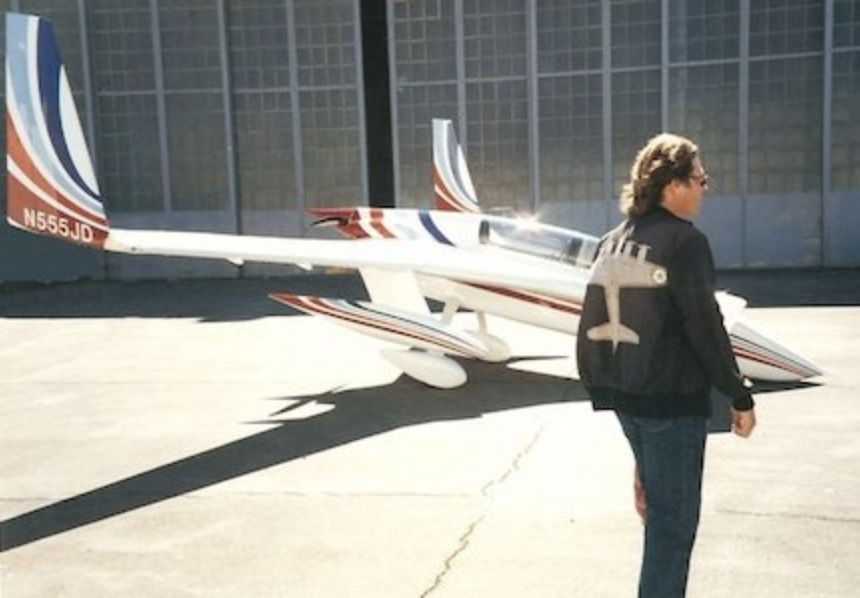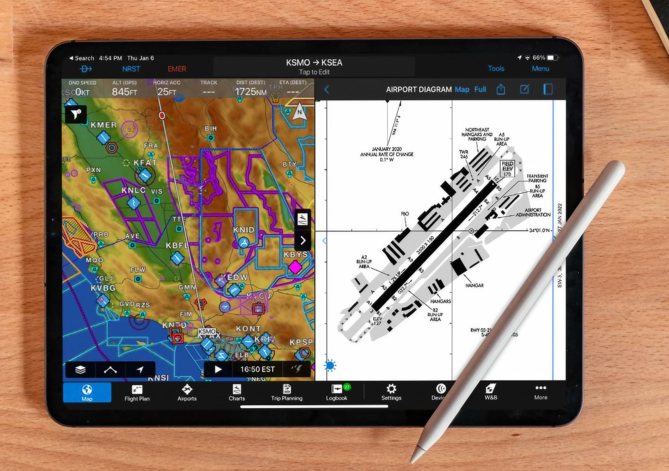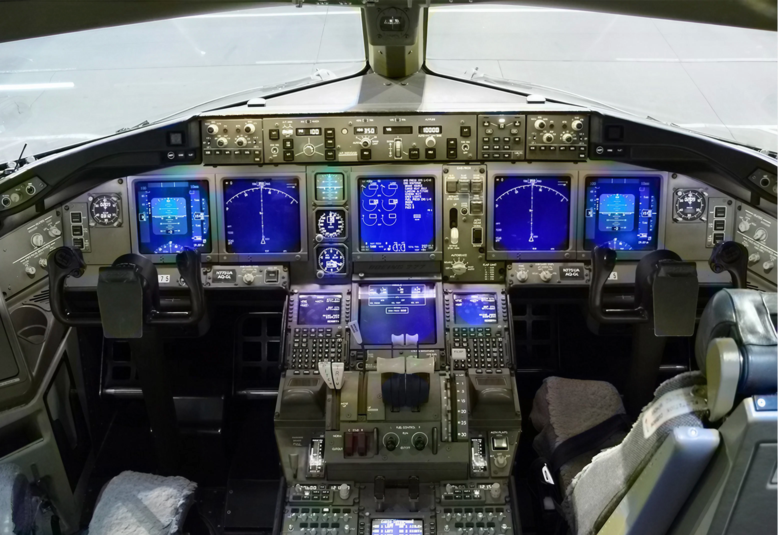100Views 0Comments
How Has Aviation Safety Evolved Since John Denver’s Accident?

The tragic death of John Denver in a plane crash shocked the world in 1997.
Denver, a beloved musician and avid pilot, was killed in an accident that raised questions about the safety of experimental aircraft and the regulations surrounding them.
In this blog post, we’ll explore how John Denver’s death changed the aviation industry, leading to improved safety measures and increased oversight for experimental and homebuilt aircraft.
Join us as we discuss the lessons learned from this heartbreaking event and discover how Denver’s legacy extends beyond his music, forever impacting the world of aviation safety.
We’ll examine the regulatory changes and advancements in pilot training implemented since that fateful day, ensuring that John Denver’s death was not in vain.
Overview of the Accident

On October 12, 1997, John Denver, a beloved musician and experienced pilot, lost his life when his experimental, amateur-built Long-EZ aircraft crashed into the Pacific Ocean near Pacific Grove, California.
The accident occurred during a series of touch-and-go landings, with Denver being the plane’s sole occupant.
The investigation into the crash revealed several critical issues that contributed to the tragedy. One of the primary factors was the aircraft’s fuel management system.
The fuel selector valve was in a hard-to-reach position behind the pilot’s left shoulder, making it difficult for Denver to switch fuel tanks during flight.
Additionally, the fuel quantity sight gauges were unmarked, making it challenging to determine the amount of fuel remaining in each tank.
Another significant issue was the control accessibility of the Long-EZ.
The aircraft’s unique design placed the pitch control in front of the wing, differing from the more common rear-mounted configuration.
This design feature, combined with the placement of the fuel selector valve, may have contributed to Denver’s difficulty in maintaining control of the aircraft while attempting to switch fuel tanks.
The crash highlighted several mechanical and regulatory shortcomings in the experimental aircraft category.
It underscored the importance of proper fuel management systems, clear markings on essential controls, and the need for thorough transition training when pilots operate unfamiliar or unique aircraft designs.
The accident prompted the aviation community to reassess experimental, amateur-built aircraft’s safety standards and oversight, leading to significant changes in the following years.
Immediate Responses and Changes

The aviation community and regulatory bodies swiftly responded to the tragic accident that claimed John Denver’s life.
The experimental aircraft community, in particular, was deeply affected by the loss of such a prominent and passionate advocate for aviation.
In the wake of the accident, the National Transportation Safety Board (NTSB) conducted a thorough investigation to identify the factors contributing to the crash.
The NTSB’s findings led to several immediate recommendations and changes in regulations and practices related to experimental, amateur-built aircraft.
One of the NTSB’s most significant recommendations was improved documentation and labeling of essential controls in experimental aircraft.
The Board emphasized the importance of marking fuel selector valves and other critical components to ensure easy identification and operation, especially in emergencies.
Additionally, the NTSB stressed the need for pilots transitioning to experimental or unfamiliar aircraft to receive formal, type-specific training.
The Board encouraged the Federal Aviation Administration (FAA) and the Experimental Aircraft Association (EAA) to collaborate on developing guidelines and resources to support pilots in obtaining the necessary training and familiarization with their aircraft.
The FAA also enhanced the inspection process for experimental, amateur-built aircraft.
The agency issued guidance to its inspectors, emphasizing the need to verify the proper placement and operation of essential controls during the airworthiness certification process.
These immediate responses and changes set the stage for a broader examination of experimental aircraft safety and the development of more comprehensive regulations and best practices in the years following John Denver’s tragic accident.
Long-Term Regulatory Changes

The tragic accident that took John Denver’s life had far-reaching implications for the experimental aircraft industry.
In the years following the crash, regulatory bodies and aviation organizations worked together to implement long-term changes to enhance the safety of experimental, amateur-built aircraft.
One of the most significant regulatory changes influenced by the findings from Denver’s accident was the establishment of mandatory training standards for pilots operating experimental aircraft.
The Federal Aviation Administration (FAA), in collaboration with the Experimental Aircraft Association (EAA), developed a comprehensive program called the Additional Pilot Program (APP).
This program requires pilots new to a particular experimental aircraft design to receive type-specific training from qualified instructors before flying solo.
The app also emphasizes the importance of familiarizing flights and gradually expanding the flight envelope when transitioning to a new experimental aircraft.
The program aims to ensure that pilots are well-prepared to handle their specific aircraft’s unique characteristics and challenges by mandating structured training and supervision.
Another key area of focus in the long-term regulatory changes was the accessibility and standardization of controls in experimental aircraft.
The NTSB’s recommendations, stemming from the investigation into Denver’s accident, led to stricter guidelines for placing and labeling essential controls, such as fuel selectors and pitch control mechanisms.
Experimental aircraft builders and designers were encouraged to prioritize ergonomics and ease of use when designing and constructing their aircraft.
The EAA and other aviation organizations provided resources and best practices to help builders create user-friendly cockpits that minimize the potential for confusion or difficulty in operating critical controls.
These long-term regulatory changes, along with ongoing efforts to educate pilots and promote a safety-focused culture within the experimental aircraft community, have significantly improved the safety record of amateur-built aircraft in the years since John Denver’s untimely death.
Current State of Aviation Safety

In the years since John Denver’s tragic accident, the aviation industry has made significant strides in implementing the changes and recommendations that emerged from the investigation.
The collaborative efforts of regulatory bodies, aviation organizations, and the experimental aircraft community have improved safety measures and practices.
The mandatory training standards established through the Additional Pilot Program (APP) have been widely adopted and have proven effective in preparing pilots for the unique challenges of flying experimental aircraft.
The program’s emphasis on type-specific training, familiarization flights, and gradual expansion of the flight envelope has helped pilots develop the skills and knowledge necessary to operate their aircraft safely.
Moreover, the increased focus on ergonomics and standardization of controls in experimental aircraft design has enhanced the overall safety of these planes.
Builders and designers have incorporated clearer labeling, more intuitive placement of essential controls, and improved accessibility, reducing the potential for pilot confusion or error.
In addition to the changes specific to experimental aircraft, general aviation safety has benefited from ongoing efforts to promote education, training, and risk management.
Organizations like the Aircraft Owners and Pilots Association (AOPA) and the FAA have developed comprehensive safety programs, such as the WINGS Pilot Proficiency Program, encouraging pilots to pursue ongoing education and maintain their skills.
Technological advancements have also played a role in enhancing aviation safety.
Modern aerodynamics, such as glass cockpits and GPS navigation systems, have made flying more natural and accessible while providing pilots with enhanced situational awareness and decision-making tools.
While no system is perfect, and accidents can still occur, the current state of aviation safety has been significantly shaped by the lessons learned from John Denver’s accident and the subsequent changes implemented.
The ongoing commitment to education, training, and adherence to best practices continues to drive progress in preventing similar tragedies and ensuring safer skies for all aviators.
Final Words
John Denver’s tragic death in an experimental aircraft accident served as a wake-up call for the aviation community.
The lessons learned from this heartbreaking event have significantly improved aviation safety, particularly in experimental and amateur-built aircraft.
The regulatory changes, mandatory training standards, and focus on ergonomic design that followed have undoubtedly saved countless lives.
As we remember John Denver’s legacy and passion for flight, we can take solace in knowing that his death was not in vain.
The advancements in aviation safety sparked by this tragedy have created a lasting impact that continues to benefit pilots and passengers alike.
Though we lost a beloved musician and aviator, his memory lives on through the ongoing commitment to making the skies safer for all.

